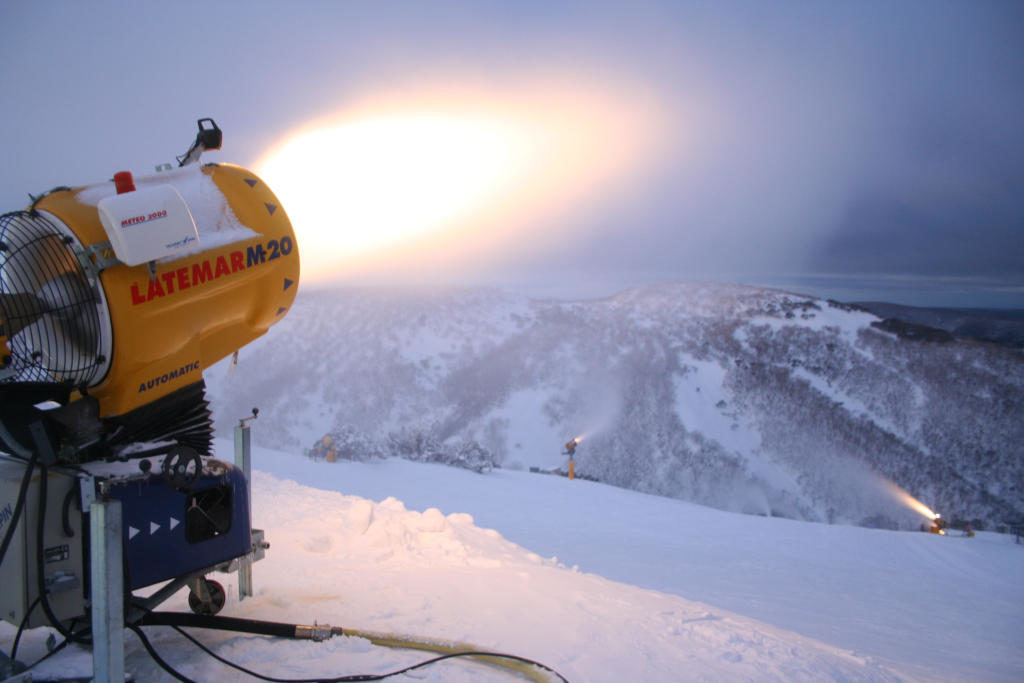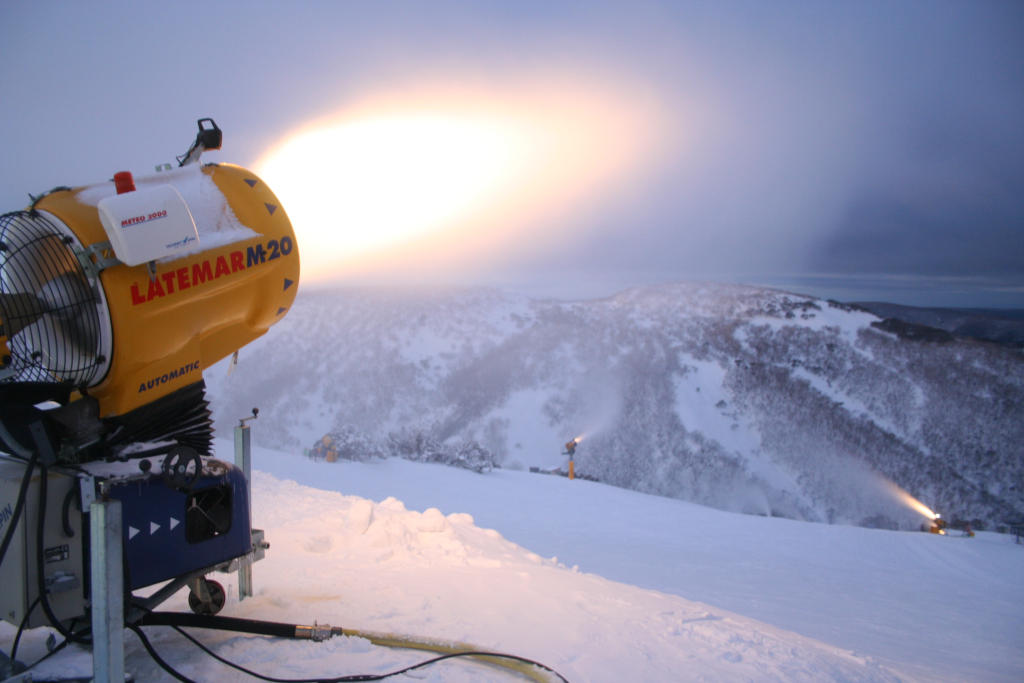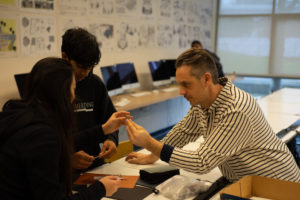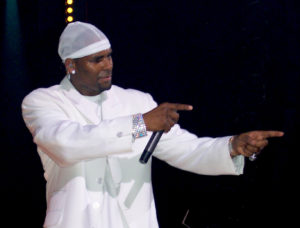125 million people across the world ski or snowboard, and 66 countries have lift-served ski resorts. However, as the climate warms, winter sports may be in danger.
Climate change is one of the largest global problems. While snow sports are by no means the most pressing or life-threatening effect of climate change, they offer an obvious, tangible example of how climate change will affect the world.
For over 15 years, Matt Mohr, an Australian-Canadian, worked all winter as a ski guide at Whistler Blackcomb, British Columbia. Mohr has seen the glaciers shrink considerably year after year and the weather become more extreme. These warning signs are not isolated to the Whistler Blackcomb area. While the mountains of British Columbia still get mountains of snow, Mohr’s native Australia’s ski season has become noticeably shorter. In the Alps, half the glacial ice has melted.
Scientists from the University of Colorado ran 300,000 years worth of climate change models to investigate how ski resorts across the U.S. will be impacted by climate change. If climate change continues its current trajectory, by 2090, or in seventy years, ski resorts as we know them will not exist. Even with advances in artifical snow-making, it will be too warm for 90 percent of North American ski resorts to open by Christmas, the historical benchmark for when ski resorts must open to make a profit.

snowmaking machine at Mount Hotham, Australia.
photo courtesy of Wikimedia Commons
Despite the evident danger to winter sports, it’s not always the case that snow sport lovers and ski resorts are the first to advocate in the fight against climate change. According to the New York Times, Congressmen from virtually all the Western ski resorts hubs like the Sierra Nevada, Cascades, Wyoming, and the Utah and Colorado Rockies, have only voted to protect the climate zero to seven percent of the time.
Erik Blachford, the father of Sedi-Anne Blachford ‘22, skis 50 days a year and has previously worked in the carbon offset industry for three years. Carbon offset companies counteract one’s carbon footprint for a price by investing in projects to reduce emissions elsewhere. He said, “people with a love for the outdoors and the winter should be super concerned about climate change. And yet, there’s a blanket sense of denial about it.”
Skiing is not an eco-friendly sport. If one flies round trip from New York to California, they are responsible for the release of 20 percent of the emissions the average Americans’ car emits in a year. If a wealthy American from the East Coast decides to fly to Colorado a few times a season to ski, they’ve already caused half the transportation emissions that they would have otherwise emitted in a year.
The best thing to do to preserve the climate is to ski locally and not fly at all. Or if one does choose to fly, Blachford recommends that they should buy legitimate carbon offsets to make their net impact zero. However, as Blachford points out, many people simply do not want to pay for those offsets. Sometimes people don’t partake out of financial difficulty, as carbon offsets can cost anywhere from 10 cents to 50 dollars per ton of carbon. Blachford sees that affluent people don’t make efforts to offset their emissions because they fail to see carbon emissions as their responsibility. “People think, why should I offset my emissions, when no one else is paying to offset theirs? Isn’t this a government problem?”
Some ski resorts have started to take responsibility to go net zero and combat climate change. Under the leadership of Arthur DeJong, Whistler Blackcomb runs completely on renewable energy. He emphasized that going renewable has resulted in one million dollars in savings, and is in fact good for the economy. DeJong hopes Whistler will be a role model for others as, “Tourism is about 10 percent of the global economy. If we can really inspire this sector, that would really be a positive influence.”
Not all resorts have been environmental stewards like Whistler Blackcomb. Mountain towns continue to vote for candidates, primarily Republicans, who refuse to discuss climate change.
Blachford speculates that these resorts avoid recognizing climate change because of their business models. “So many of the ski resorts aren’t really ski businesses, they’re real estate businesses. They’re selling hotel rooms, they’re selling condos, and getting the land value up. And if they start saying, ‘hey the snow’s going to melt guys,’ the property value goes down.”
Blachford believes that stopping the onset of climate change is a challenge that will require everyone’s efforts. Small lifestyle changes like walking instead of driving a short distance are far from enough. Blachford points to three main things one can do to combat climate change on a larger scale – vote for the right candidates, donate to the right candidates, and offset one’s own emissions. The scientific community is in agreement that humans around the world, especially those in developing countries, will face more and more climate-related catastrophes. Beyond something as trivial as snowsports, if humans want to protect the world as we know it, climate change is an issue that cannot wait.







